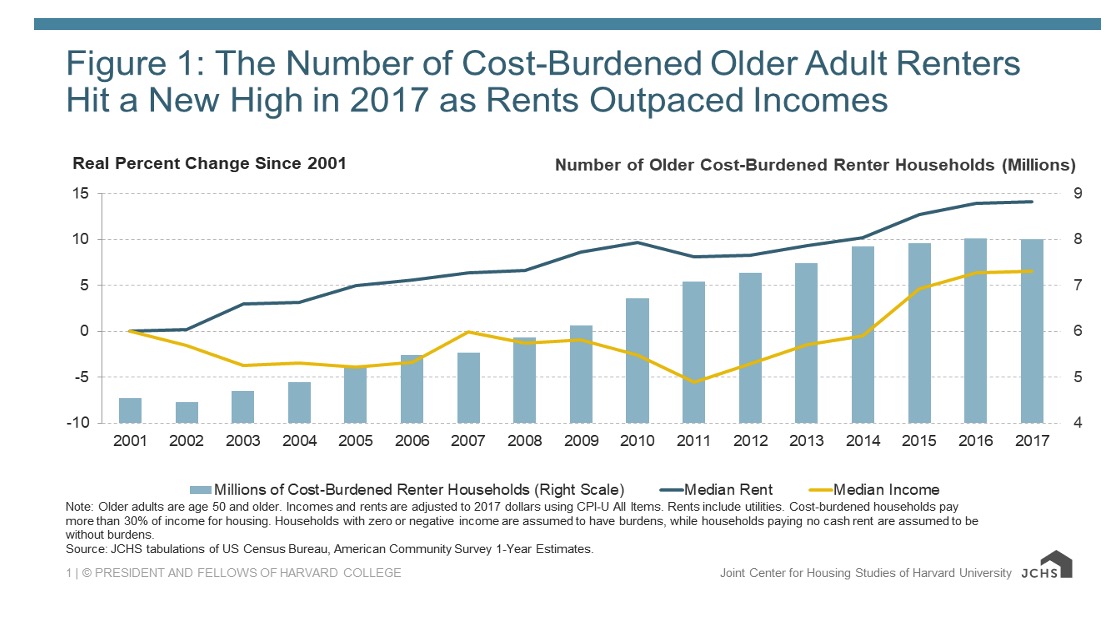Comments
PLANNING WATCH - Despite a friendly press, LA’s Mayor Karen Bass, like her mayoral predecessors and public officials in other cities, offers homeless programs that cannot hold back the continued growth of the unhoused, overcrowded, and rent-gouged.
For some this growth of homelessness is an opportunity to politically blame the crisis on X, Y, or Z. For still others it is a golden opportunity to profit from speculative real estate investments. But these opportunist responses make the underlying causes of the housing crisis worse.
Local officials, like Mayor Karen Bass, as well as her counterparts in other cities, have been dealt an extremely bad hand. But they then play this bad hand very poorly. Mayor Bass and the Los Angeles City Council are members of a large club whose nostrums, especially upzoning, make the housing crisis worse, not better.
While the underlying causes, especially the lack of low-priced housing and growing economic inequality, are occasionally mentioned, local officials and their academic and media supporters rarely connect the dots.
As I have previously written, the foremost national cause of the housing crisis are the public housing program cutbacks that began in the early 1970s, under President Richard Nixon. In California these nationwide affordable housing cutbacks were compounded with the 2011 dissolution of California’s 400 plus Redevelopment Agencies, including LA’s Community Redevelopment Agency (CRA). The elimination of these local agencies meant that the 20 percent of their budgets allocated to low-priced housing abruptly ended. Had these axed public housing programs continued over the next 50 years, there could now be a million more low-priced public apartments in the United States. This is nearly twice the number of homeless people (582,000) living on the country’s streets!
Furthermore, regarding rent gouging, nationwide over 50 percent of tenants shell out 30 percent or more of their income on rent. As for evictions, these mammoth numbers have annually ranged from 3,600,000 to 2,700,000 since the year 2000.
The replacement of public housing with private sector ventures, usually luxury high-rise apartments, is a product of the bi-partisan “Urban Growth Machine.” It members include elected officials, especially Democrats, and also developers, reporters, bankers, and academics. In practice they replaced public housing with private real estate projects This policy is based on the fable that increasing the supply of luxury housing through upzoning leads to more affordable housing. Big surprise that this approach has been a total failure. Up-zoning increases the cost of housing, and developers only build low-price units when they receive enormous subsidies, such as in the long abandoned HUD 236 and 221.d.3 programs.

Furthermore, the privatization of low-priced housing, the deregulation of zoning and environmental laws, and the gentrification of entire neighborhoods through mansionization has taken a tremendous toll on renters. Combined with the bad hand dealt to local officials, the nationwide housing crisis has wreaked havoc on the country’s cities. This housing-crisis-by-choice has allowed developers and investors to handsomely profit from a building boom fueled by ultra-low interest rates. At the same time, tenant unions have formed across the country. The great depression’s Hoovervilles have been replaced with homeless encampments, while depression-era Tenant Councils have given rise to fast growing Tenant Unions, like the LA Tenants Union. Recent historical trends suggest that organized opposition to evictions, rent-gouging, and homelessness will grow as the housing crisis worsens. As rents, homelessness, and overcrowding surge, so, too, will rent strikes and calls for rent control. When this happens, more Tenants Unions are sure to follow.
The Urban Growth Machine, which now dominates housing policies at all levels of government, has resulted in spectacular profits by developers and landlords. At the same time, these policies have triggered the country’s worst housing crisis since the Great Depression. Trapped between these two sides of the same coin, local officials have pursued housing policies that keep the Urban Growth Machine in place. They offer band-aids, such as Permanent Supportive Housing, to temporarily paper over the contradictions built into the Urban Growth Machine’s housing policies.
(Dick Platkin is a retired Los Angeles city planner who reports on local planning issues for CityWatchLA. He is a board member of United Neighborhoods for Los Angeles (UN4LA). Previous columns are available at the CityWatchLA archives. Please send questions and corrections to [email protected].)
















